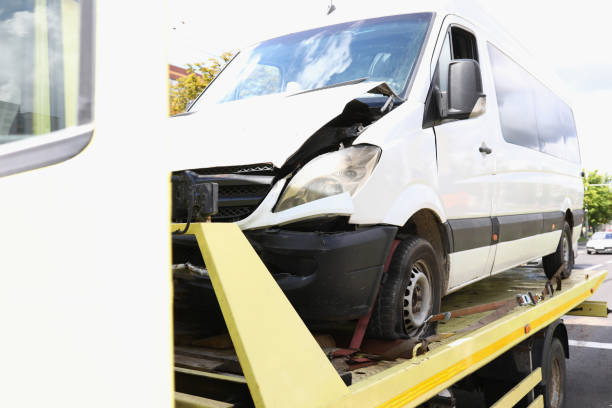Did you know that truck accidents account for over 4,000 fatalities each year in the United States? In a truck accident, proving liability is crucial to ensuring you receive the compensation you deserve. Gathering relevant evidence, establishing the duty of care, and demonstrating causation can strengthen your case and hold the at-fault party accountable.
Understanding the key steps in proving liability in a truck accident case can help you navigate the legal process more effectively and increase your chances of a successful outcome.
Gathering Relevant Evidence
You must gather relevant evidence to support your claim when proving liability in a truck accident case. The key to establishing fault lies in the documentation and information you collect. Begin by obtaining the police report, as it contains crucial details about the accident scene, such as road conditions, weather, and any citations issued. Witness statements are also valuable, providing additional perspectives on what transpired.
Photographs of the accident scene, vehicle damage, and visible injuries can strengthen your case significantly. These visual aids offer concrete evidence and help recreate the events leading to the collision. Medical records, including hospital bills, doctor’s notes, and treatment plans, demonstrate the extent of your injuries and the associated costs.
Furthermore, preserving any electronic data, such as black box information from the truck, can provide insights into the vehicle’s speed, braking, and overall performance during the accident. By diligently gathering and organizing relevant evidence, you enhance your chances of proving liability in a truck accident case.
Establishing Duty of Care
To successfully prove liability in a truck accident case, you must establish the driver’s duty of care towards others on the road. Duty of care refers to the legal obligation that individuals have to act reasonably and prudently to avoid causing harm to others. In the context of truck accidents, commercial truck drivers are held to a higher standard of care due to the size and weight of their vehicles. They must operate their trucks with the utmost caution and follow all traffic laws to ensure the safety of other drivers, pedestrians, and cyclists sharing the road.
To establish the duty of care in a truck accident case, you can gather evidence such as the driver’s training records, driving history, compliance with regulations, and adherence to industry standards. Witness testimonies, surveillance footage, and data from the truck’s black box can also help demonstrate whether the driver fulfilled their duty of care at the time of the accident. You can strengthen your case for liability in a truck accident by proving that the driver breached their duty of care.
Demonstrating Causation
You must now demonstrate how the driver’s breach of duty directly caused the truck accident. Causation is a crucial element in proving liability in a truck accident case. To establish causation, you need to show that the driver’s actions or negligence were the direct cause of the accident and resulting damages. This can be done by presenting evidence such as witness statements, accident reconstruction reports, and expert testimony.
One way to demonstrate causation is by establishing that the driver’s breach of duty was the actual cause of the accident. This means proving that the accident would not have occurred if the driver had not acted negligently. Additionally, you must show that the driver’s actions were the proximate cause of the accident, meaning that the harm caused was a foreseeable consequence of their actions.
You can strengthen your case and prove liability in a truck accident lawsuit by linking the driver’s breach of duty to the accident and resulting damages.

Leave a Reply